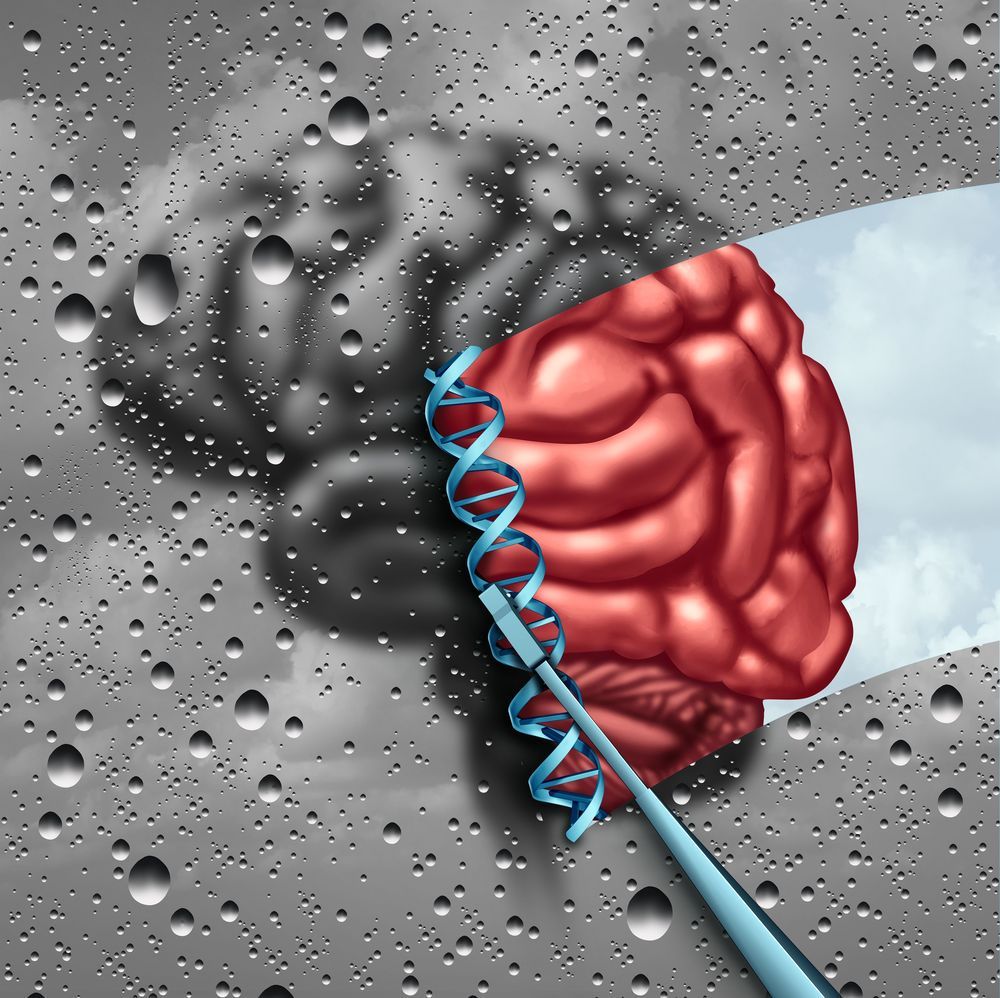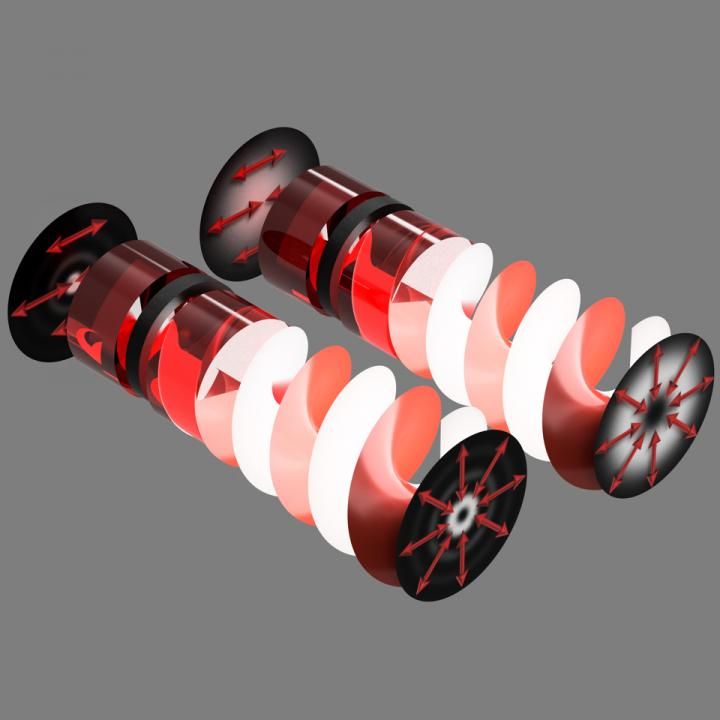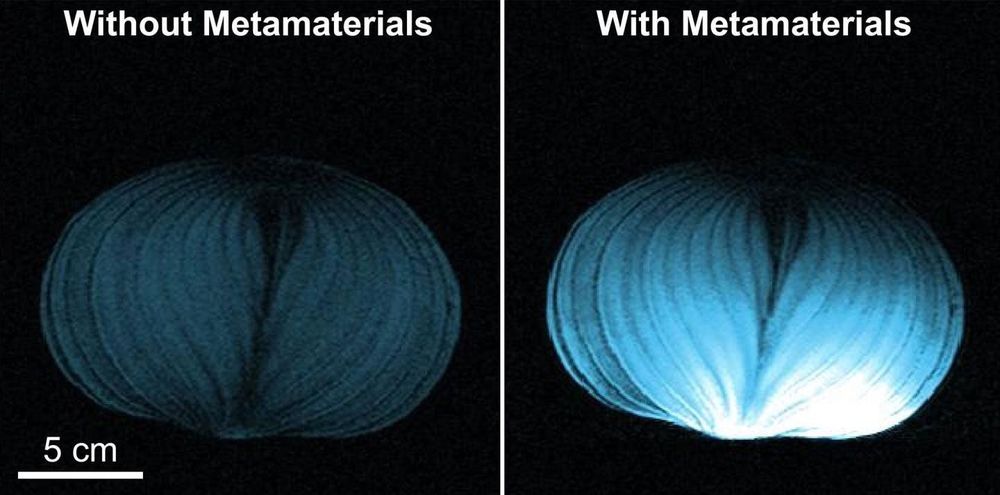The televised gala, broadcast on the National Geographic Channel as well as YouTube and China’s Tencent, whose founder Ma Huateng is also a sponsor, played heavily on a theme that’s become somewhat tarnished in Silicon Valley in recent years—that scientific and technological progress will solve humanity’s biggest problems. For the past two years, Facebook and Google have both been battered by lawmakers and the public for how they’ve failed to eliminate the spread of fake news, conspiracy theories (sometimes about science) and content that connects violent extremists. Both Zuckerberg and Pichai have also countered rising complaints from the tech giants’ workforces.
Some of the top scientists who accepted Breakthrough Prize awards used the nationally broadcast ceremony to decry the spread of misinformation, problems that continue to dog the tech giants whose leaders, including Facebook CEO Mark Zuckerberg and Google CEO Sundar Pichai, celebrated at the glitzy Silicon Valley gala Sunday evening.
“Science is a rock of truth in a sea of fake news,” said physicist Peter van Nieuwenhuizen, who with collaborators Sergio Ferrara and Daniel Freedman accepted an award Sunday evening for their work around the theory of supergravity.
David Julius, a University of California at San Francisco physiology professor who won a $3 million award for research into the capsaicin found in chili peppers and pain relief, noted “we live in a time when technology and so many other resources make so much possible. ”









